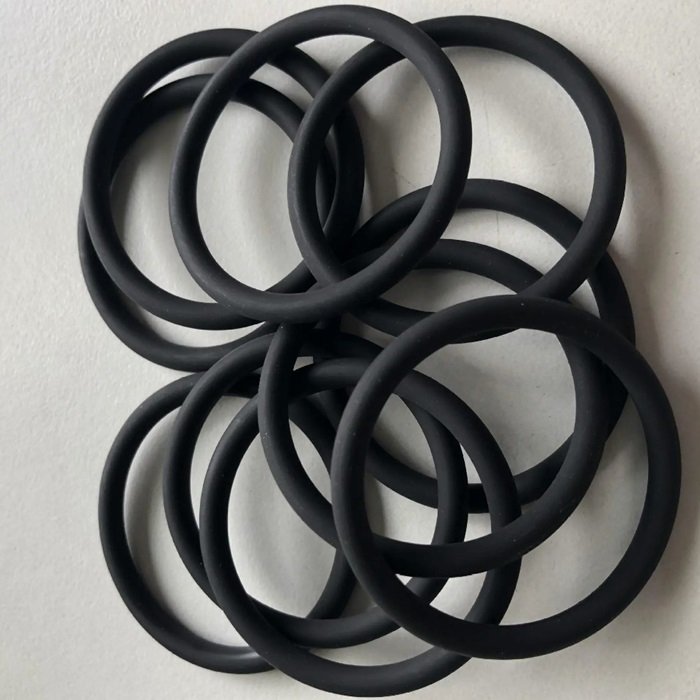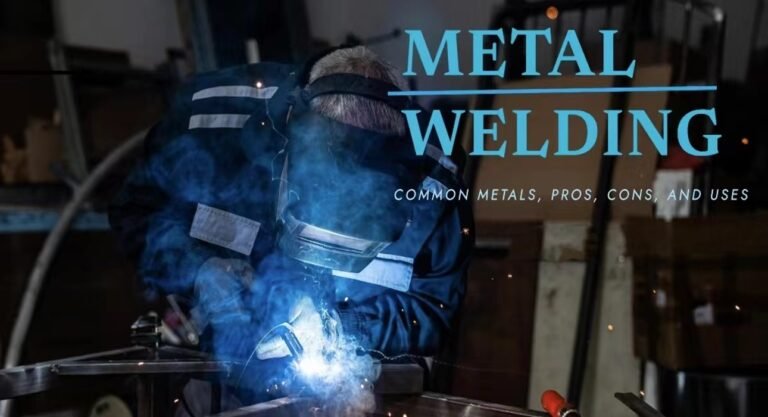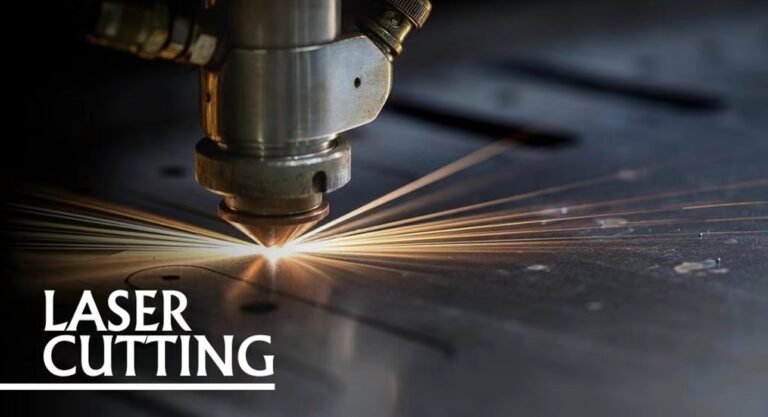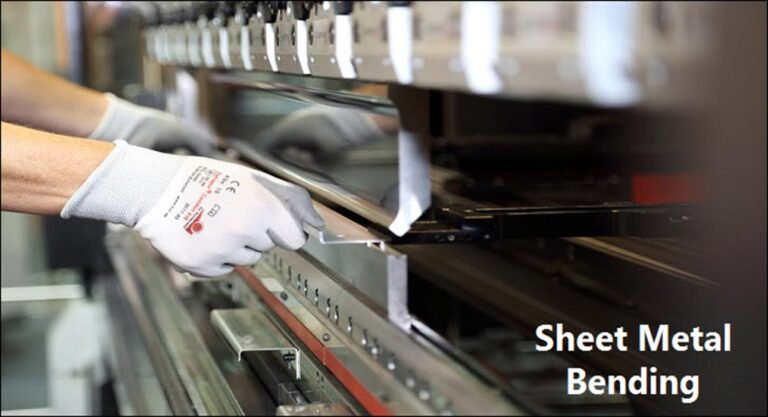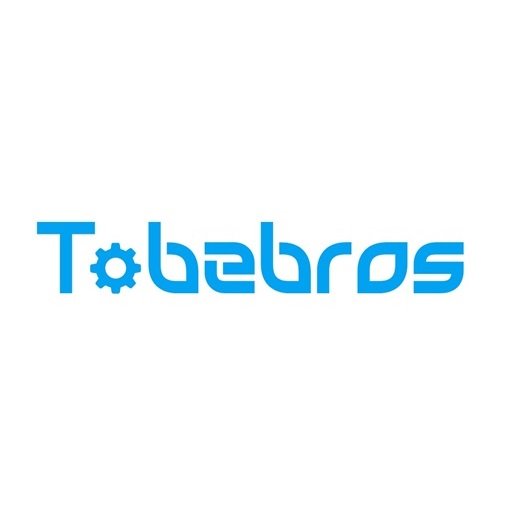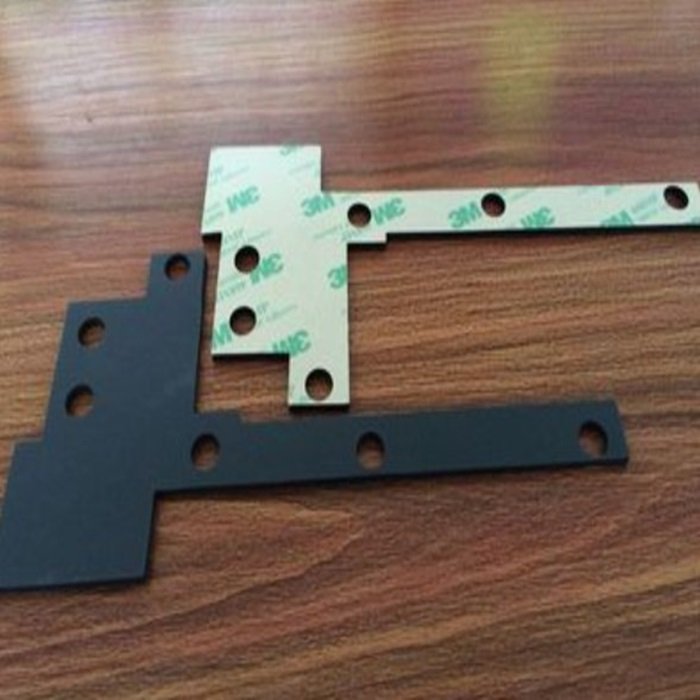Rubber Processing: From Raw Material to Essential Products
The Origins of Rubber
Rubber comes in two primary forms: natural and synthetic.
- Natural Rubber: Sourced from the latex of rubber trees (Hevea brasiliensis), natural rubber is tapped from the trees much like sap from a maple tree. This raw latex is then processed into a more usable form.
- Synthetic Rubber: Created from petrochemicals, synthetic rubber is engineered to mimic the properties of natural rubber. It’s often used in applications where natural rubber might not be suitable due to its limitations, such as temperature sensitivity.
Both types of rubber require extensive processing to turn them into usable products. While their sources differ, the fundamental steps in their processing are similar.
The Key Stages of Rubber Processing
Rubber processing can be broken down into several key stages, each critical to achieving the desired properties in the final product:
- Mastication
- The first step in rubber processing is mastication, where the raw rubber is mechanically worked to break down its molecular structure. This makes the rubber softer, more pliable, and easier to mix with other ingredients.
- Mixing
- Once masticated, the rubber is mixed with various additives, including fillers, accelerators, and curatives. These additives enhance the rubber’s properties, such as strength, flexibility, and resistance to wear and tear. Mixing is usually done in large, industrial mixers called banbury mixers or kneaders.
- Shaping
- After mixing, the rubber compound is shaped into the desired form. This could involve extrusion, where the rubber is forced through a die to create a continuous shape like a tire tread, or molding, where the rubber is pressed into a mold to create items like gaskets or seals.
- Vulcanization
- Vulcanization is the process that gives rubber its elasticity and strength. During this stage, the rubber compound is heated with sulfur, causing a chemical reaction that links the rubber molecules together. This step is crucial as it transforms the soft, pliable rubber into a durable, elastic material suitable for various applications.
- Finishing
- Once vulcanized, the rubber product is often subjected to finishing processes, such as trimming excess material, polishing surfaces, or applying coatings to enhance its properties. The finished product is then inspected for quality before being packaged and shipped to customers.
Methods of Rubber Processing
There are several methods used in rubber processing, depending on the desired product and its application:
- Compression Molding
- In compression molding, a pre-measured amount of rubber is placed into a heated mold cavity. The mold is then closed, and the rubber is compressed, taking the shape of the mold. This method is ideal for making large, thick rubber parts like bumpers or mats.
- Injection Molding
- Injection molding involves injecting rubber into a mold under high pressure. This method is highly efficient and allows for the production of complex, detailed parts with consistent quality, making it ideal for mass production of items like seals and gaskets.
- Extrusion
- Extrusion is used to create continuous lengths of rubber products, such as tubing, profiles, and tire treads. The rubber is forced through a die of the desired shape and then vulcanized to set the form.
- Calendering
- Calendering is used to produce thin rubber sheets or coatings by passing the rubber compound through a series of rollers. This method is commonly used for making conveyor belts, waterproof membranes, and rubberized fabrics.
- Dipping
- In dipping, a mold or form is dipped into a rubber solution, coating it with a thin layer of rubber. This process is repeated to build up the thickness of the rubber, and it’s often used to make gloves, balloons, and rubber coatings.
Applications of Processed Rubber
Processed rubber is everywhere in our daily lives, playing a vital role in various industries:
- Automotive Industry
- The automotive sector is the largest consumer of processed rubber. From tires to seals, hoses, and belts, rubber components are essential for vehicle performance and safety.
- Healthcare
- In healthcare, rubber is used to make gloves, tubing, seals, and other medical devices that require flexibility, durability, and hygiene.
- Consumer Goods
- Rubber is found in countless consumer products, including footwear, sports equipment, toys, and household items like rubber bands and mats.
- Construction
- The construction industry uses rubber in roofing materials, insulation, sealants, and vibration dampening products to improve building safety and longevity.
- Industrial Applications
- In industrial settings, rubber is used in conveyor belts, gaskets, seals, and various machine components that require resilience and durability under harsh conditions.
Challenges in Rubber Processing
Despite its versatility, rubber processing comes with challenges:
- Environmental Concerns
- The production and disposal of synthetic rubber pose environmental challenges. Unlike natural rubber, synthetic rubber is not biodegradable, leading to concerns about waste and pollution. Efforts are underway to develop more sustainable rubber materials and recycling methods.
- Cost of Raw Materials
- The price of natural and synthetic rubber can fluctuate due to factors like weather conditions, geopolitical issues, and changes in demand. This can impact the cost of rubber products and the profitability of manufacturers.
- Quality Control
- Ensuring consistent quality in rubber products can be difficult, especially in mass production. Variations in raw materials, processing conditions, and equipment can all affect the final product’s properties.
The Future of Rubber Processing
As technology advances, the rubber processing industry is evolving. Innovations like automation, AI-driven quality control, and sustainable materials are set to transform how rubber is processed and used. There’s also growing interest in developing biodegradable and eco-friendly rubber alternatives, driven by increasing environmental awareness and regulation.
Moreover, the integration of smart technologies into rubber products, such as sensors embedded in tires to monitor performance in real-time, represents an exciting frontier for the industry. These developments promise to make rubber processing more efficient, sustainable, and aligned with the demands of a rapidly changing world.
Final Thoughts
Rubber processing may not be as glamorous as other manufacturing processes, but its impact is undeniable. From the tires on our cars to the gloves that protect healthcare workers, processed rubber is a crucial material in our everyday lives. Understanding the intricacies of rubber processing not only highlights the complexity of this material but also underscores its importance in modern industry.
As the world continues to demand more from this versatile material, the rubber processing industry will need to innovate and adapt, ensuring that rubber remains a vital resource for years to come.

